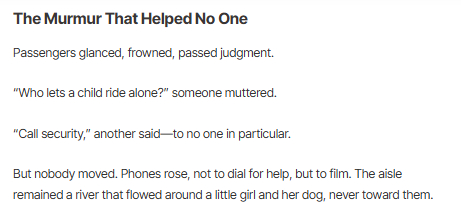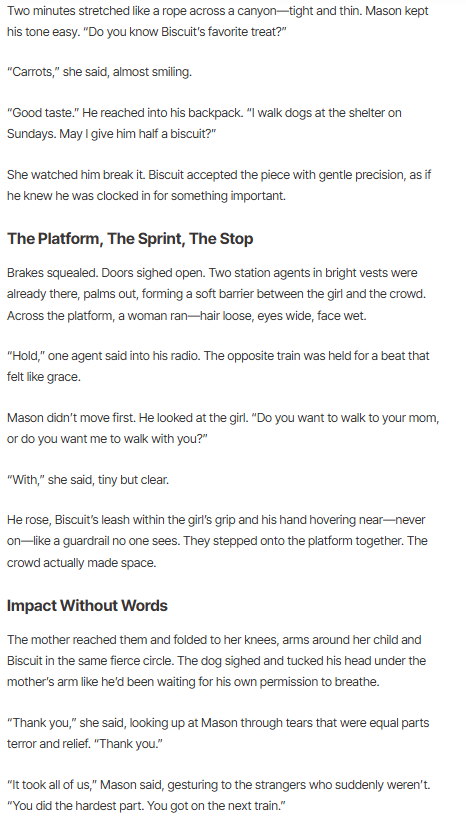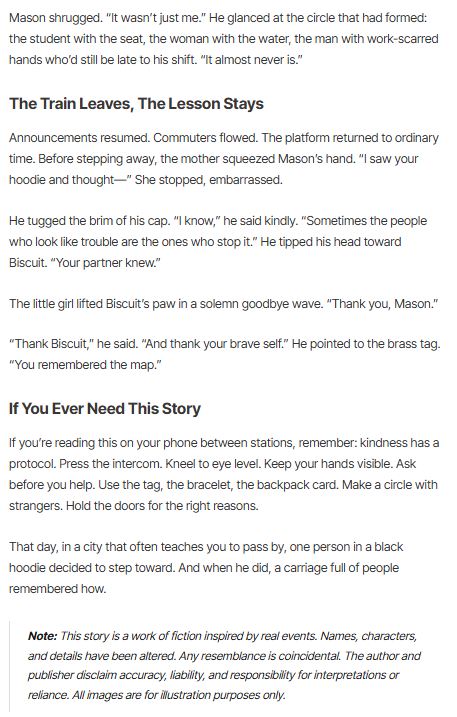In a world that values constant connection, endless notifications, and social validation, the idea of spending time alone is often misunderstood or even feared. Solitude, however, is not loneliness. It is a powerful and intentional space where the mind can breathe, explore, and create without distraction. For artists, writers, thinkers, entrepreneurs, and even everyday professionals, solitude has been the fertile ground where creativity blooms and deep insights arise.









The Modern Discomfort with Being Alone
Most people associate being alone with being unproductive, bored, or socially disconnected. In the age of smartphones and social media, we’re conditioned to stay plugged in, fearing that silence or disconnection means we’re missing out. But solitude is not a punishment; it’s an opportunity. When you strip away the noise, you give your inner voice the chance to be heard. That voice is often drowned out by the chatter of daily life—but in solitude, it becomes a guiding force for creativity and self-discovery.
Solitude and the Creative Process
Many of the world’s greatest creators have credited solitude as a key ingredient in their work. Virginia Woolf famously emphasized the need for “a room of one’s own.” Albert Einstein often went on long walks alone to think through difficult problems. Steve Jobs was known for his solitary nature and credited many of his insights to focused, undistracted thought.
When we’re alone, our brain is free to wander—a phenomenon known as “default mode network” activity. This mental state allows the brain to form new connections between ideas, pull memories and experiences together, and generate novel thoughts. In solitude, you can follow a thought without interruption, allowing it to evolve into something innovative.
The Science Behind Solitude and Creativity
Neuroscience supports what artists and thinkers have known for centuries: solitude enhances cognitive functions associated with imagination, problem-solving, and introspection. When you’re alone, your brain doesn’t shut off—it often becomes more active in certain areas, particularly those linked with daydreaming and reflection.
Research also shows that people who engage in deliberate solitude tend to score higher on creativity tests. They produce more original ideas and are better at divergent thinking, which is crucial for innovation. Importantly, this isn’t about isolation or withdrawal from society. It’s about carving out intentional moments of quiet that allow your mind to reset and explore freely.
Deep Insight Requires Deep Silence
Creativity is often romanticized as a sudden spark or “aha” moment, but those moments rarely happen in the midst of chaos. Insight often comes when we step away from the noise. Think about how many good ideas strike in the shower, during a solo walk, or late at night when the world is quiet. These are moments when the mind, free from external input, begins to synthesize experiences and understand problems from new angles.
Solitude gives you the mental space to ask deeper questions, revisit unresolved ideas, and make intuitive leaps. It provides clarity that’s difficult to access in a crowded room or noisy digital feed.
Emotional Benefits that Support Creativity
Solitude doesn’t just enhance cognitive functions—it also supports emotional well-being, which is essential for sustainable creativity. Spending time alone helps you:
- Regulate emotions: It’s easier to process feelings without external judgment or input.
- Build self-awareness: Understanding your own thought patterns and emotional responses can lead to more authentic creative expression.
- Reduce stress: Quiet moments can lower cortisol levels and give your nervous system a break, promoting overall mental clarity.
When you feel emotionally balanced, you’re more likely to take creative risks, think expansively, and stay motivated during the natural ups and downs of the creative process.
Practical Ways to Embrace Solitude for Insight and Innovation
If you’re not used to spending time alone, it can feel uncomfortable at first. But like any skill, solitude can be cultivated. Here are some ways to integrate it into your life:
1. Schedule Daily Quiet Time
Block out 15–30 minutes each day to disconnect from devices and other people. Use this time to journal, sketch, brainstorm, or simply sit in silence. It’s in these gaps that your mind can wander and uncover new ideas.
2. Take Solo Walks Without Distractions
Walking alone is a time-tested tool for thinkers and creators. Leave your phone behind or keep it in your pocket. Let your thoughts flow freely with your steps. Some of the best ideas are born when the body is in motion and the mind is at ease.
3. Create a Distraction-Free Work Zone
Designate a space where you can work alone and uninterrupted. Even a small corner of your room can become a sanctuary for focused thinking. Use noise-cancelling headphones or soft background sounds if absolute silence feels too stark at first.
4. Practice Mindful Solitude
Meditation is one of the purest forms of solitude. You don’t need to follow a strict method. Simply sit quietly and observe your thoughts without judgment. Over time, this practice enhances focus, creativity, and emotional intelligence.
5. Take Solo Retreats
Consider setting aside a day or weekend every few months to disconnect and reflect. This doesn’t require an expensive trip—just time away from routine to recharge and re-center. Many creatives find that solo retreats lead to breakthroughs in their work or life direction.
Balancing Solitude and Connection
Solitude is not about rejecting social interaction. Human beings are inherently social, and meaningful connection is essential for emotional health. But just as we need connection, we also need disconnection. A healthy creative life involves a balance between engagement with the world and retreat into the self.
Too much solitude can lead to isolation, just as too much socializing can lead to burnout. The key is to use solitude intentionally—as a space for inner growth, not a means of escape.
A Personal Journey into Solitude
Many people who discover the power of solitude report a transformation not only in their creativity but in how they view themselves. Alone time fosters a deeper relationship with yourself. You become more attuned to your values, your passions, and your purpose. You stop creating for applause and start creating for truth.
This authenticity often resonates more deeply with others. Ironically, the insights gained in solitude can become the most powerful tools for connecting with the world—through art, innovation, leadership, or empathy.
Conclusion: Solitude as a Gateway to Inner Brilliance
In a society that equates busyness with success, choosing solitude can feel countercultural. But those who dare to unplug and turn inward often find that their greatest ideas, deepest insights, and most original expressions come not in the noise of the crowd, but in the stillness of solitude.
Whether you’re seeking to solve a complex problem, write your next chapter, or simply reconnect with your inner voice, solitude offers a path worth exploring. It is not a luxury, but a necessity—for creativity, insight, and the kind of clarity that shapes both your work and your life.



